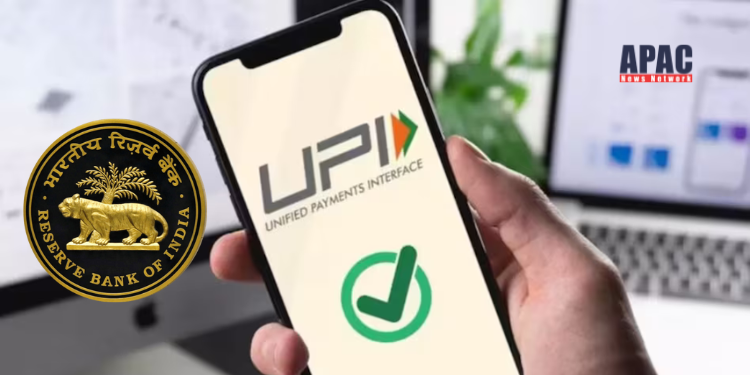New Delhi: The Reserve Bank of India (RBI) has revised the wallet limit for UPI Lite from Rs 2,000 to Rs 5,000, effective immediately. This move comes as digital transactions in India continue to surge, with UPI Lite gaining popularity for low-value, day-to-day payments.
Under the updated framework, the maximum transaction limit for offline payments through UPI Lite has also been increased from Rs 500 to Rs 1,000. This change is part of RBI’s broader efforts to enhance convenience and security for users relying on digital payment systems.
The RBI circular, issued under the Payment and Settlement Systems Act, 2007, states that the new limits aim to strengthen the offline digital payment ecosystem. Previously, the offline framework capped the per-transaction limit at Rs 500 and the total wallet limit at Rs 2,000.
This revision aligns with India’s growing shift toward digital payments, exemplified by UPI’s record-breaking 16.58 billion transactions in October 2024. Since its launch in 2016 by the National Payments Corporation of India (NPCI), UPI has become a cornerstone of India’s digital economy, integrating multiple bank accounts into a single platform for seamless peer-to-peer and merchant payments.
RBI Governor Shaktikanta Das, during an earlier policy announcement in October, also highlighted measures to extend UPI services to users of basic keypad mobile phones. These efforts underscore the regulator’s focus on financial inclusion and ensuring access to digital payment systems for all sections of society.
The revised limits for UPI Lite aim to encourage its usage for frequent, low-value transactions while ensuring robust security measures. By increasing the transaction and wallet limits, the RBI intends to make digital payments more accessible and practical, especially for small merchants and daily users.
This step is expected to further enhance the efficiency and adoption of digital payments across urban and rural areas alike, fostering a more inclusive financial ecosystem in India.
